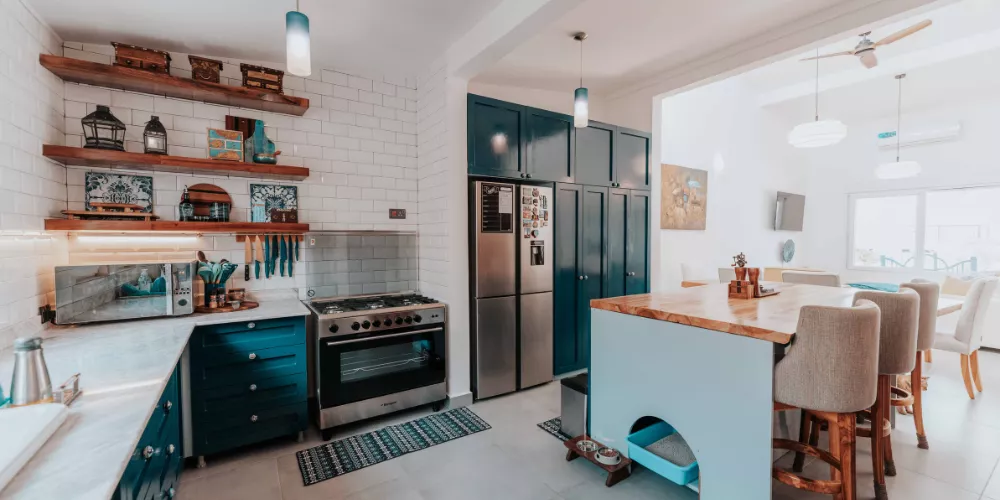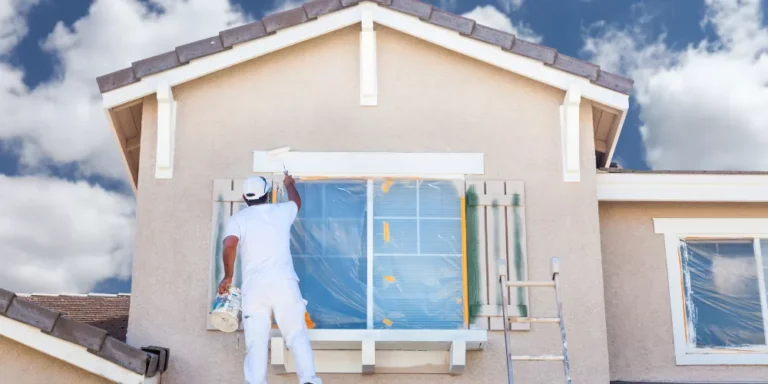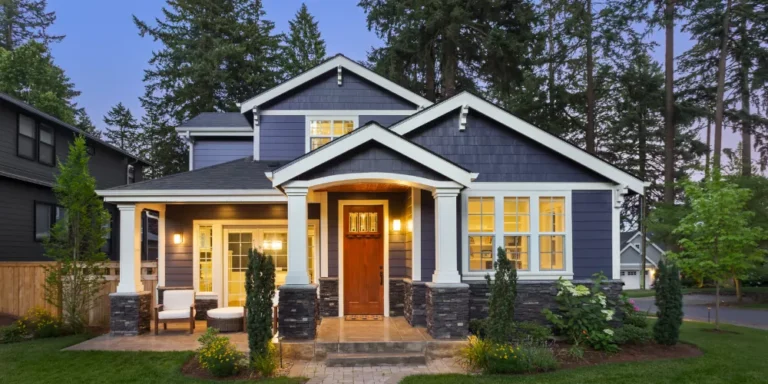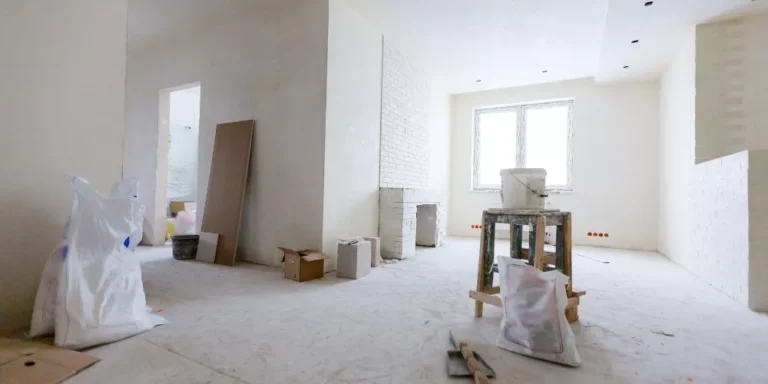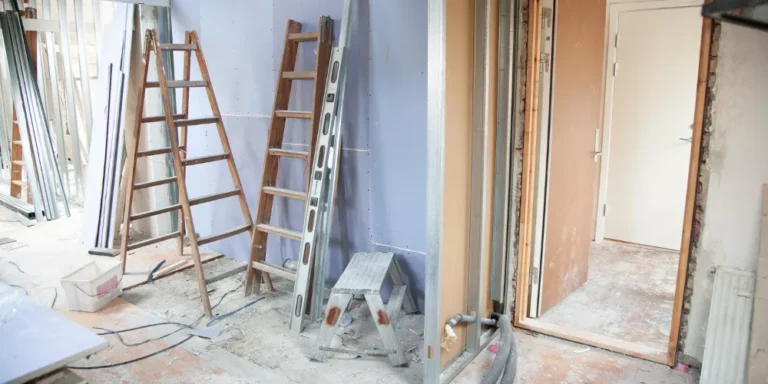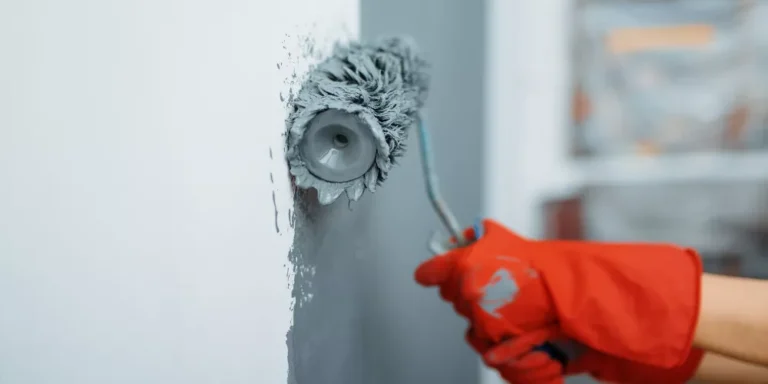Hat types of insulation work best in older US homes
Insulation plays a critical role in keeping homes comfortable and energy-efficient, especially in older homes across the USA. Many older houses were built before modern insulation standards, which can result in drafts, higher energy bills, and uneven temperatures. Upgrading insulation improves comfort, reduces heating and cooling costs, and can even enhance the home’s resale value. Insulation also helps reduce noise from outside and between rooms. Different types of insulation work better depending on the area of the house, such as attics, walls, basements, or crawl spaces. Older homes may have limited space for adding insulation, requiring careful selection of materials and methods. Moisture control is another important consideration to prevent mold and structural damage. Properly installed insulation improves indoor air quality and makes homes healthier to live in. Energy-efficient homes also benefit the environment by reducing overall energy consumption. In many parts of the USA, older homes face challenges such as outdated windows, unsealed gaps, and thin walls, which can all be addressed with insulation upgrades. This guide explores the best types of insulation for older homes, providing details on performance, cost, and installation considerations. Each section explains how specific insulation types help improve comfort and efficiency. By understanding the options available, homeowners can make informed choices to enhance their living spaces. Following these guidelines ensures a long-lasting, energy-efficient, and comfortable home.
Hat types of insulation work best in older US homes
Selecting the right insulation for older homes is key to improving energy efficiency and comfort. Different materials offer different benefits based on the area and structure of the house. The following subheadings explain the top options for older U.S. homes.
1. Fiberglass Batts
Fiberglass batts are one of the most common insulation types in older homes. They are made of fine glass fibers and come in pre-cut panels. Batts fit between studs, joists, and rafters and are easy to install in open walls and attics. They provide good thermal performance and are relatively affordable. Batts are available with various R-values to match climate needs. Proper installation requires snug fitting without gaps or compression. They are fire-resistant and can reduce noise when installed in walls. Older homes often have irregular framing, so custom-cut batts may be necessary. Protective gear is recommended during installation because fibers can irritate skin and lungs. Batts are widely available and suitable for DIY projects or professional installation. Adding vapor barriers helps control moisture and prevent mold. Fiberglass insulation can be combined with other types for enhanced performance. It is lightweight and does not settle over time when properly installed. Regular inspection ensures batts remain effective. Fiberglass insulation can last decades if kept dry. Retrofitting older homes with batts improves energy efficiency and comfort.
2. Blown-in Cellulose
Blown-in cellulose insulation is made from recycled paper treated for fire resistance. It is dense and fills irregular spaces, making it ideal for older homes with uneven wall cavities. Professional equipment is used to blow the insulation into attics, walls, and ceilings. Cellulose provides excellent thermal and sound insulation. It is eco-friendly and reduces waste by using recycled materials. Its dense nature prevents air movement and drafts. Cellulose can settle over time, so proper installation depth is important. It also provides some fire resistance due to treatment with borates. Blown-in cellulose can be combined with spray foam in specific areas for enhanced performance. It works well for retrofitting walls without removing drywall. Moisture control is crucial to prevent clumping or mold growth. Inspect attic vents to ensure proper airflow before installation. Cellulose reduces energy bills by improving the overall R-value of older homes. It is ideal for reaching hard-to-access areas. Long-term performance depends on maintaining dryness. Many older homes in the U.S. benefit from cellulose due to its versatility and affordability.
3. Spray Foam Insulation
Spray foam insulation offers high R-values and excellent air sealing properties. It expands upon application, filling cracks, gaps, and irregular cavities. Older homes often have leaks around windows, doors, and framing, making spray foam highly effective. Closed-cell foam provides both insulation and structural reinforcement. Open-cell foam is lighter and better for soundproofing. Spray foam reduces drafts and can improve indoor air quality by sealing air leaks. Professional installation is recommended due to specialized equipment and chemicals. It adheres to walls, ceilings, and floors, creating a tight barrier. Spray foam is moisture resistant and can prevent mold growth. It works well in attics, basements, and crawl spaces. Proper ventilation is necessary during installation. It is more expensive than traditional options but offers superior energy savings. Spray foam is durable and can last for decades without settling. Retrofitting older homes with spray foam can dramatically reduce energy bills. Inspect areas for hidden leaks before application. Spray foam is ideal for areas with irregular framing and difficult-to-reach cavities.
4. Rigid Foam Panels
Rigid foam panels provide excellent thermal insulation for walls, floors, and ceilings. They are made of polystyrene, polyisocyanurate, or polyurethane. Older homes benefit from foam panels on exterior walls or over existing sheathing. Panels can increase R-values without adding excessive thickness. They act as a moisture barrier and prevent heat transfer through framing. Panels are easy to cut and install with adhesives or fasteners. They reduce drafts and improve energy efficiency. Some rigid foams are fire-rated and resist pests. They are durable and do not settle or compress over time. Installing panels under siding can improve exterior insulation. Panels are lightweight, making them suitable for retrofits. Proper sealing of seams prevents air leaks. Rigid foam can be combined with fiberglass or cellulose for optimal performance. Inspect walls for moisture before installation. Foam panels increase comfort and reduce energy costs in older homes. They provide a long-lasting solution for uneven or thin walls.
5. Mineral Wool
Mineral wool, or rock wool, is made from molten rock spun into fibers. It provides thermal, sound, and fire protection. Mineral wool is resistant to mold and moisture, making it suitable for older homes prone to dampness. It fits between studs, joists, and rafters and is available in batts or loose-fill forms. Mineral wool has excellent fire resistance, withstanding temperatures above 1,000°F. It is dense and provides superior sound insulation compared to fiberglass. Installation requires gloves and protective gear due to fiber irritation. Mineral wool does not settle significantly over time. It is compatible with vapor barriers and other insulation types. Ideal for attics, basements, and wall cavities, mineral wool enhances safety and comfort. Its durability ensures long-term performance. Mineral wool reduces drafts and energy consumption effectively. Retrofits often combine mineral wool with other materials for maximum efficiency. Older homes with fire safety concerns benefit from mineral wool. It is a versatile insulation solution for challenging spaces.
6. Radiant Barrier Insulation
Radiant barriers reflect heat rather than absorbing it, making them effective in attics. They are usually made of aluminum foil applied to kraft paper or foam board. Older U.S. homes with poorly ventilated attics benefit from radiant barriers by reducing heat gain in summer. They help reduce cooling costs and improve comfort in hot climates. Radiant barriers work best when combined with other insulation types. Installation involves attaching the barrier to rafters or laying it over attic floors. They are lightweight and non-combustible. Radiant barriers do not provide sound insulation but are highly effective for thermal control. Proper ventilation must be maintained to prevent moisture buildup. Barriers are durable and long-lasting. They are particularly useful in regions with high solar exposure. Radiant barriers improve energy efficiency and complement traditional insulation. They reduce heat transfer and can make older homes more comfortable year-round. Maintenance is minimal once installed. Radiant barriers enhance the effectiveness of existing insulation.
7. Reflective Insulation
Reflective insulation consists of aluminum foil layers with air spaces or foam. It reduces radiant heat transfer and is effective in attics, walls, and roofs. Older homes often have inadequate attic insulation, making reflective options valuable. This type of insulation helps reduce cooling costs during summer months. Reflective insulation is lightweight and easy to install. It works best when paired with proper air sealing. It resists moisture and does not attract pests. Reflective insulation can be stapled to rafters or installed under roofing materials. It is cost-effective compared to some spray foam options. Reflective insulation is environmentally friendly due to its low material usage. It can be combined with batts, blown-in, or foam insulation for improved performance. Proper installation ensures maximum heat reflection. Inspect attic vents and spacing before installation. Reflective insulation adds long-term energy savings. It is suitable for older homes with limited insulation options. This insulation enhances comfort in both summer and winter.
8. Cellulose Loose-Fill for Wall Retrofits
Loose-fill cellulose can be injected into wall cavities of older homes without removing drywall. It fills gaps and irregular spaces effectively. This method improves thermal and sound insulation. Professional installation ensures the material fills all areas evenly. Walls with missing or degraded insulation benefit greatly. Loose-fill cellulose is eco-friendly and fire-treated. It reduces drafts and energy bills. Moisture control is important to prevent settling or mold. Retrofits are often combined with air sealing for optimal efficiency. Older homes with narrow stud spacing or uneven framing are ideal candidates. The process is minimally invasive and preserves existing finishes. Inspect for electrical or plumbing obstacles before injection. Loose-fill cellulose can improve comfort significantly. It also increases the effective R-value of older walls. This approach is cost-effective compared to full wall removal. Long-term benefits include lower heating and cooling costs.
9. Spray Foam Rim Joist Insulation
Rim joists are a common source of drafts in older homes. Spray foam insulation seals these areas effectively. Closed-cell foam provides air sealing and moisture protection. Open-cell foam offers soundproofing benefits. Older homes with exposed or accessible rim joists benefit from this targeted insulation. Proper installation requires professional equipment. Foam expands to fill gaps, preventing air infiltration. This type of insulation improves energy efficiency significantly. It protects against mold, mildew, and moisture damage. Rim joist insulation complements attic and wall insulation. It reduces cold spots and makes basements or first floors more comfortable. Inspect for leaks or damage before application. Rim joist spray foam is durable and long-lasting. It enhances the overall thermal envelope of older homes. Proper installation ensures maximum energy savings. This solution addresses common weak points in older construction.
10. Hybrid Insulation Approaches
Older homes often benefit from combining multiple insulation types. For example, spray foam can seal gaps, while fiberglass or cellulose provides bulk insulation. Hybrid approaches maximize energy efficiency and comfort. They allow targeted insulation for challenging areas like attics, walls, or basements. Hybrid systems can address moisture, sound, and thermal concerns simultaneously. Combining insulation types helps overcome irregular framing or limited space. Proper planning ensures compatibility and long-term performance. Homeowners can achieve higher R-values without major structural changes. Hybrid insulation improves resale value and reduces energy bills. It also enhances indoor comfort and reduces drafts. Professional assessment helps determine the best combination. Hybrid approaches make older homes comparable to modern construction standards. Step-by-step installation ensures effectiveness. Proper selection of materials balances cost, efficiency, and durability. Hybrid insulation is flexible, practical, and highly effective for retrofits.
Conclusion
Insulating older homes in the USA is essential for comfort, energy efficiency, and long-term value. Different insulation types work better in different areas, from attics and walls to rim joists and basements. Fiberglass batts and mineral wool provide affordability and fire resistance. Blown-in cellulose and loose-fill options fill irregular spaces effectively. Spray foam seals gaps and improves air quality while increasing R-values. Rigid foam panels, radiant barriers, and reflective insulation address exterior walls and attics. Rim joist spray foam targets common weak points, while hybrid approaches combine multiple materials for optimal results. Proper installation, moisture control, and ventilation are critical for long-lasting performance. Retrofitting older homes with insulation reduces heating and cooling costs, prevents drafts, and improves overall comfort. Well-insulated homes also experience lower energy bills and enhanced indoor air quality. Choosing the right insulation requires evaluating the home’s age, climate, and existing conditions. Professional installation ensures safety and maximum effectiveness. Regular inspection and maintenance preserve the benefits of insulation over time. Upgraded insulation increases resale value and reduces environmental impact. Older homes can achieve comfort and efficiency comparable to modern homes. Thoughtful selection and installation of insulation materials are a worthwhile investment. Step-by-step planning ensures a successful retrofit. Insulating older homes protects the structure, occupants, and investment.

